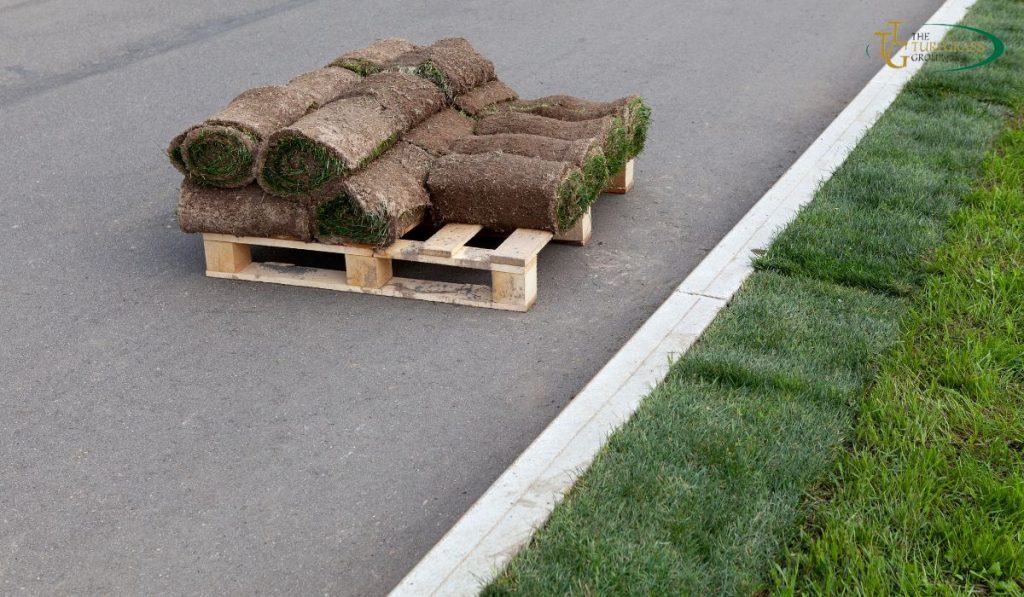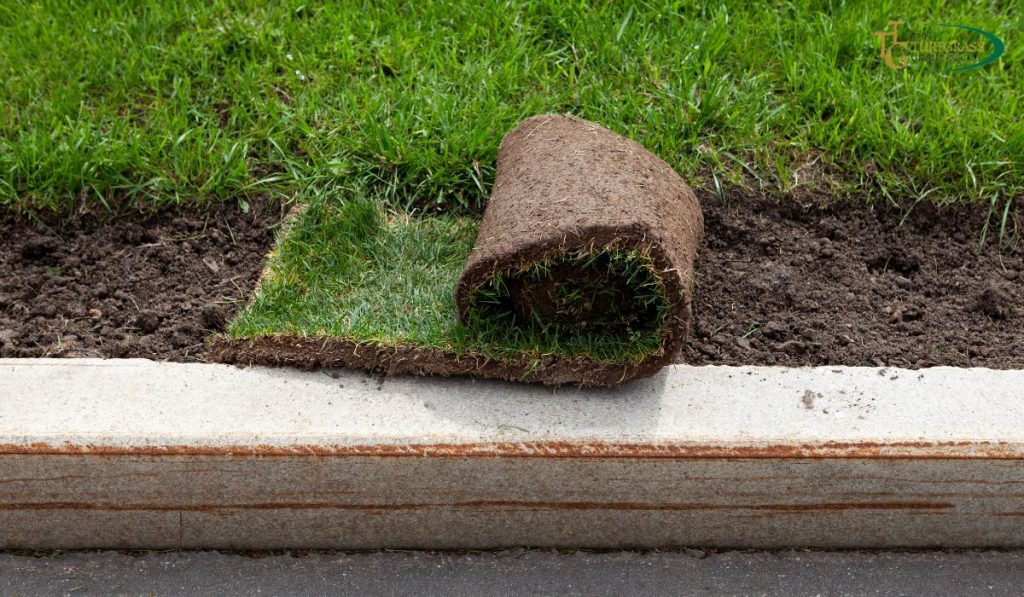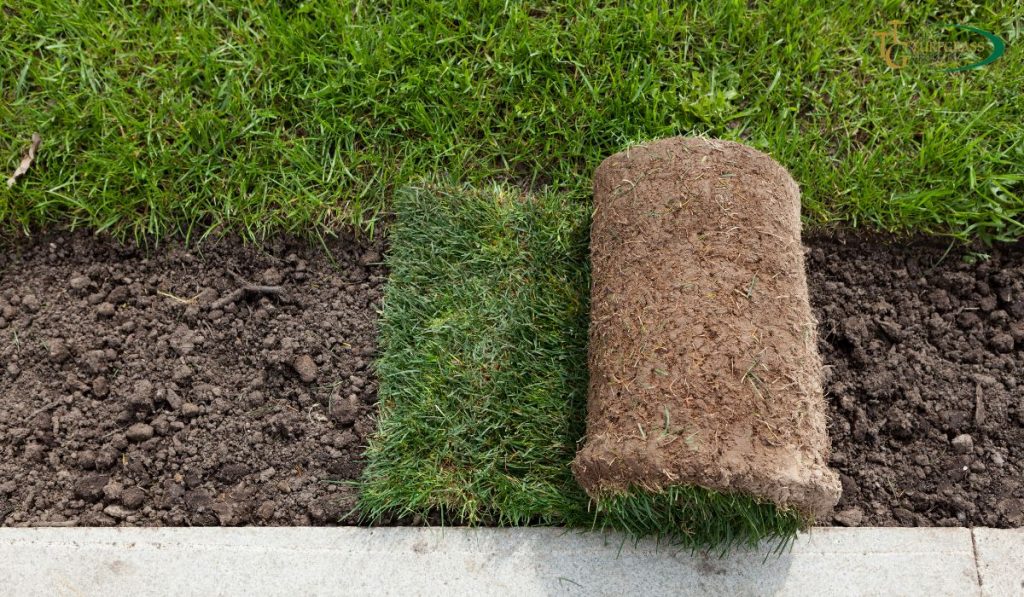
Becoming a successful turfgrass grower is not just about having a green thumb; it requires knowledge, dedication, and a genuine passion for maintaining lush and healthy lawns.
This comprehensive guide will explore the world of turfgrass cultivation, from the basics to the advanced techniques.
Whether you’re an aspiring professional or a homeowner looking to master maintaining a beautiful lawn, this article will provide valuable insights.
Understanding the Basics of Turfgrass
To become a proficient turfgrass grower, you must start at the foundation.
This section will cover the fundamental concepts of turfgrass, including:
Types of Turfgrass
- Identifying the various species of turfgrass.
- Understanding the climate and soil preferences of different types.
Soil Preparation
- The importance of soil testing.
- Soil amendment techniques to optimize growth.
Selecting the Right Turfgrass
Before you sow your first seed, choosing the right type of turfgrass for your specific needs is crucial.
This section will discuss:
Climate Considerations
- Matching turfgrass species to your local climate.
- How to adapt to climate challenges.
Lawn Usage
- Factors to consider when selecting turfgrass for residential, commercial, or recreational use.
The Art of Sowing and Seeding
Now that you’ve chosen your turfgrass type, it’s time to get your hands dirty. Learn about the best practices for:

Seed Selection
- How to pick the best grass seed.
- Understanding seed labels and packaging.
Sowing Techniques
- When and how to sow grass seeds.
- Strategies for even seed distribution.
Proper Lawn Care
Once your turfgrass is established, providing the care it needs to thrive is essential.
This section will delve into:
Mowing Practices
- The importance of mowing height.
- Maintaining your mower for optimum performance.
Watering and Irrigation
- The best practices for watering your lawn.
- The role of irrigation systems.
Dealing with Common Lawn Issues
Even the most dedicated turfgrass growers encounter challenges.
Learn how to address common problems like:
Weeds and Pest Control
- Identifying common lawn pests and weeds.
- Organic and chemical control methods.
Disease Management
- Recognizing turfgrass diseases.
- Strategies for prevention and treatment.
Advanced Techniques for Turfgrass Experts
For those who want to take their turfgrass cultivation to the next level, explore advanced methods such as:
Turfgrass Renovation
- Overcoming lawn damage and wear.
- Techniques for rejuvenating your turf.
Fertilization Strategies
- I am customizing a fertilization plan for your lawn.
- I am balancing nutrients for optimal growth.
Conclusion

Becoming a proficient turfgrass grower is a journey that requires patience, knowledge, and dedication.
By mastering the basics, selecting the right turfgrass, and implementing proper care and advanced techniques, you can create a lush, vibrant lawn that’s the envy of your neighborhood.
Get your hands dirty, and watch your turfgrass flourish!
FAQs
How often should I water my lawn?
The frequency of watering depends on your local climate and soil type. Generally, it’s best to water deeply but infrequently.
Can I grow turfgrass in extreme climates?
Yes, you can, but you must select a turfgrass variety adapted to your climate and provide additional care and maintenance.
What’s the ideal mowing height for turfgrass?
The ideal mowing height varies by turfgrass species but is typically around 2-3 inches. Check the specific recommendations for your chosen grass.
Are organic pest control methods effective for turfgrass?
Yes, organic methods can be effective, but their success may vary depending on the pests you’re dealing with.
When should I consider professional turfgrass renovation?
Consider professional renovation when your lawn has extensive damage, or you’re ready to enhance its overall health and appearance.
How do I aerate my lawn, and why is it important?
Lawn aeration involves perforating the soil with small holes, allowing air, water, and nutrients to penetrate the roots. It’s important because it helps alleviate soil compaction and promotes healthier grass growth. You can use a manual aerator or rent a mechanical one.
What’s the best time of year to plant new turfgrass?
The optimal time to plant new turfgrass depends on your region’s climate. The fall and spring seasons are ideal for seeding or laying sod. These seasons provide moderate temperatures and adequate moisture for grass establishment.
How can I maintain a weed-free lawn without using chemicals?
Maintaining a weed-free lawn without chemicals is possible through diligent practices. Regular mowing, proper watering, and mulching can help prevent weed growth. Additionally, hand weeding and using natural weed barriers like newspaper or cardboard can be effective chemical-free methods.
Is it essential to test my soil before planting turfgrass?
Soil testing is highly recommended before planting turfgrass. It provides valuable insights into your soil’s pH, nutrient levels, and composition, helping you make informed decisions about soil amendments and selecting suitable grass species for your lawn.
Can I oversee an existing lawn to improve its thickness and health?
Overseeding can rejuvenate an existing lawn by filling in thin or bare spots and enhancing its overall health. This practice introduces new grass seeds into the property, promoting thicker and more vibrant turf. Be sure to follow proper overseeding guidelines for the best results.